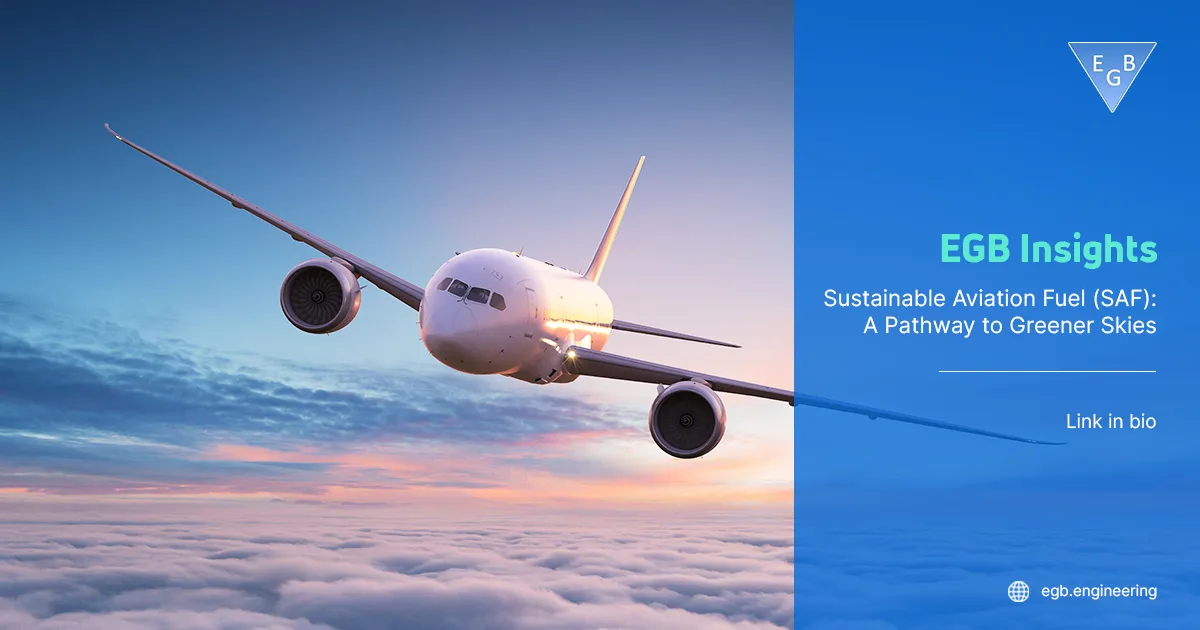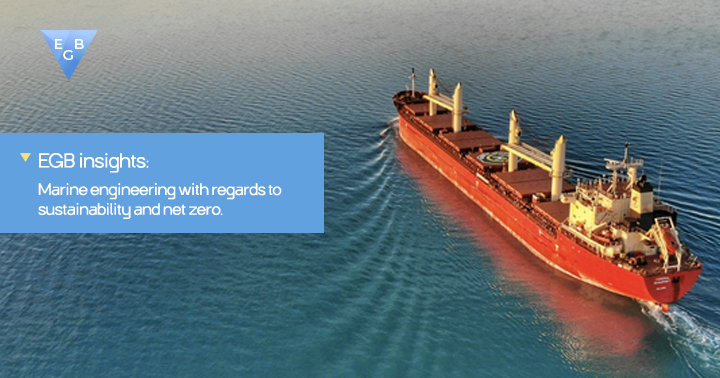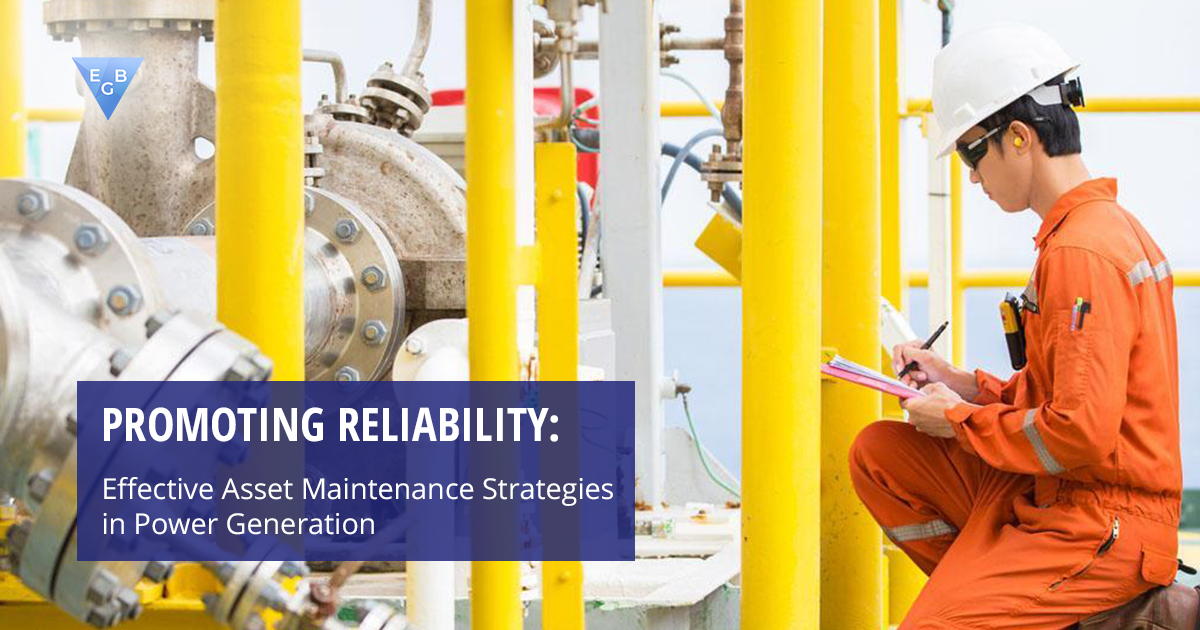
Sustainable Aviation Fuel (SAF): A Pathway to Greener Skies
The aviation industry, important for global connectivity, has long relied on conventional jet fuels. However, the environmental impact of these fuels has necessitated a shift towards sustainability. Enter Sustainable Aviation Fuel (SAF) – an innovative alternative poised to transform aviation’s carbon footprint.
Understanding Sustainable Aviation Fuel (SAF)
SAF, derived from sustainable feedstocks like cooking oil, non-palm waste oils, solid waste, forestry leftovers, energy crops, and algae, mirrors the chemical structure of traditional jet fuel. Its use substantially reduces carbon emissions throughout its lifecycle compared to fossil fuels, making it a promising solution for the aviation sector’s carbon conundrum.
The Significance of SAF
The ascending demand for air travel and the subsequent increase in carbon emissions underline the urgency to embrace sustainable alternatives. SAF comes as a realistic method, capable of reducing emissions by up to 80% when compared to standard alternatives.
Safety and Applicability of SAF
SAF, easily combining with existing jet fuels, undergoes rigorous quality tests and meets aviation safety standards. Any aircraft certified for conventional jet fuel can utilise SAF without necessitating modifications, ensuring a smooth transition to greener aviation practices.
Progress and Challenges
While SAF adoption is gaining traction, cost remains a hurdle. The current higher cost of production inhibits widespread adoption. However, initiatives to encourage its use, including passenger-funded SAF options, indicate a growing recognition of its benefits.
The Role of Governments and Industry
Accelerating the growth of SAF demands collaborative efforts. Governments need to establish conducive policies, ensuring long-term certainty for investments and incentivising research into improved production technologies and sustainable feedstocks.
Few stats about SAF:
- Groundbreaking transatlantic flight using greener fuel lands in the US (the first 100% SAF-powered long-haul flight). Flying from London’s Heathrow to New York’s JFK airport. However, it was a one-off and didn’t carry fare-paying passengers.
- SAF reduces emissions up to 70%, but it doesn’t entirely eliminate carbon emissions. It’s viewed as a significant tool by the aviation industry to cut net emissions.
- While SAF is more expensive, its use demonstrates a pathway toward decarbonizing aviation, although the current supply doesn’t meet demand. Experts emphasise that SAF isn’t a complete solution and that other technologies like e-fuels, hydrogen, or emerging laboratory technologies will be crucial for achieving genuine net-zero emissions in the future.
- The UK aims for 10% of aviation fuel to be SAF by 2030, with a focus on supporting the industry to access affordable SAF, potentially produced within the UK, to ensure sustainability without disproportionately impacting passengers.
- To meet U.S. and aviation climate goals, more production pathways and feedstocks are need to meet the growing demand for SAF.
SAF Benefits: Beyond Emissions Reduction
Growing, sourcing, and producing Sustainable Aviation Fuel (SAF) from renewable and waste sources present broader economic opportunities, aiding farming communities, enhancing the environment, and potentially optimising aircraft performance.
Farmer Income Boost: Cultivating biomass crops for SAF creation offers American farmers additional revenue streams during non-growing seasons, fostering a new market for feedstocks while also improving farm conditions, such as soil quality and nutrient retention.
Environmental Enhancements: Biomass crops contribute to erosion control, enhance water quality, and bolster biodiversity. Their cultivation aids in carbon sequestration, benefiting both on-farm conditions and the wider environment. Additionally, producing SAF from wet wastes curbs pollution and mitigates methane emissions, a significant contributor to climate change.
Aircraft Efficiency: SAFs with reduced aromatic components burn cleaner in aircraft engines, resulting in decreased emissions during take-off and landing. This cleaner burn potentially lessens the formation of contrails, further mitigating climate impacts.
Future Prospects
Investment in advanced technologies for more efficient production processes and scalable feedstocks is essential for reducing SAF costs in the long run. Policy incentives and collective industry action will play a crucial role in facilitating the widespread adoption of SAF, driving aviation towards a greener future.
The journey towards a sustainable aviation industry isn’t solely reliant on SAF. Efficiency improvements, innovative technologies, and comprehensive policy frameworks will collectively lead the charge towards a carbon-neutral aviation sector.
The challenge remains significant, but the commitment of stakeholders, combined with concerted efforts and policy support, will make the way for a future where sustainable aviation becomes the norm rather than the exception.
About Us:
EGB Engineering is an original engineering design company that provides products and services on the design and development (validation) of power solutions and complex engineering systems including turnkey solutions for end-user clients. The company operates in the aerospace, defence, energy and nuclear sectors.
Commenting on the first transatlantic flight Arnold Gad-Briggs, Exec. Director of EGB Engineering stated “This is truly a remarkable day for the Aviation industry. Not only will we see up to 80% reduction in emissions but the economic benefits of future growth of over $6 billion and the compatibility with existing aircraft engines makes it an attractive short to medium term solution to reduce Greenhouse Gases (GHGs). However, there are challenges such as supply constraints, costs, infrastructure adaptation and more importantly feedstock diversity to overcome. This will require further assessments to ensure that as a solution, it can be developed to be truly sustainable.




